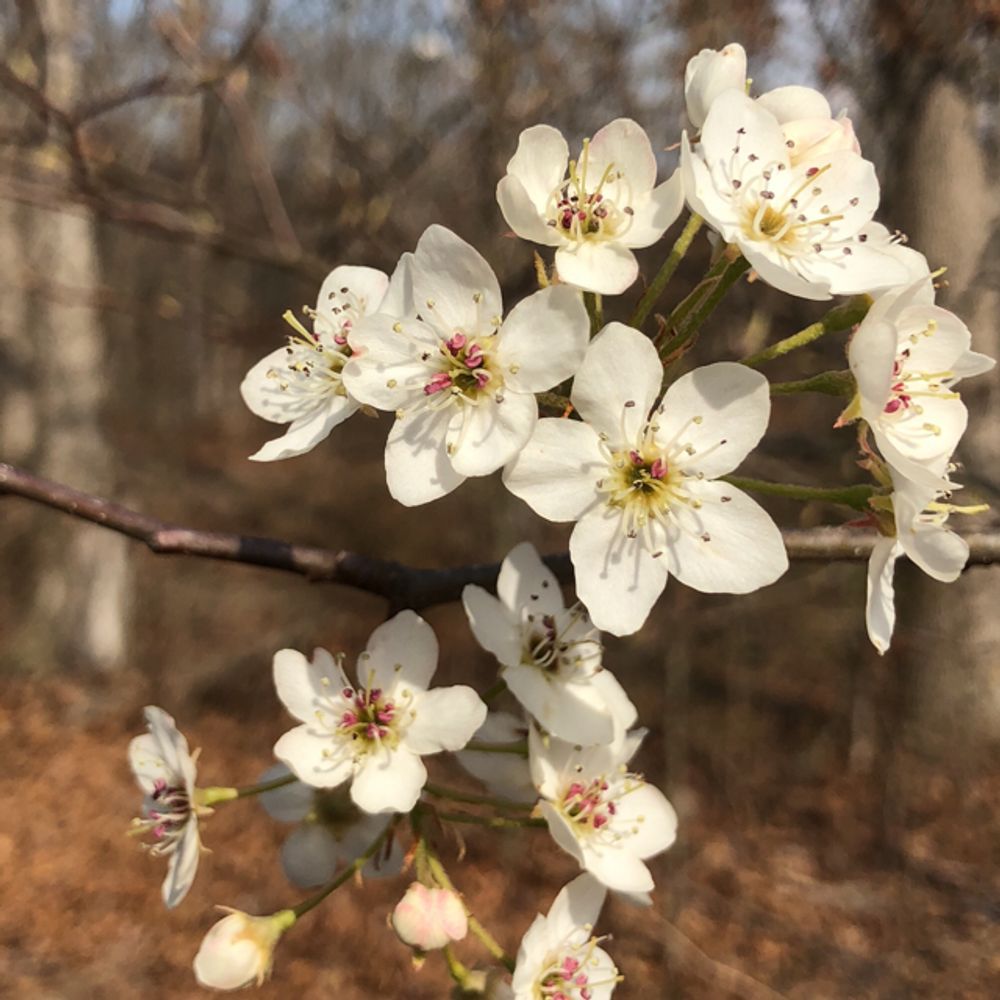Various fruits
(Prunus)

Description
“Pet poisonous” – Toxic parts: leaves, pits The Prunus genus is a diverse group of plants that belong to the family Rosaceae. This genus contains over 400 species, including trees, shrubs, and even some herbaceous perennials. Prunus species are known for their ornamental value and edible fruits, including cherries, plums, peaches, and almonds. In this article, we will explore the characteristics, distribution, cultivation, and uses of the Prunus genus. Characteristics: The Prunus genus is characterized by its alternate, simple leaves, which are often serrated or toothed. The flowers of Prunus species are usually white or pink and have five petals. The fruit of Prunus species is a drupe, which contains a single seed surrounded by fleshy tissue. The size, shape, and color of the fruit vary widely among different species. The bark of Prunus trees is smooth and gray in young plants, becoming rougher and darker with age. Distribution: The Prunus genus is native to temperate regions of the Northern Hemisphere, including Asia, Europe, and North America. The distribution of Prunus species varies widely depending on the species. For example, some species are found in dry, rocky areas, while others prefer moist, wooded areas. Some species are adapted to colder climates, while others thrive in warmer regions. Cultivation: Prunus species are commonly cultivated for their ornamental value and edible fruits. The cultivation requirements vary depending on the species. Most Prunus species prefer well-drained soil and full sun. Some species are tolerant of a wide range of soil types, while others require specific soil conditions. Prunus trees should be pruned in late winter or early spring to maintain their shape and promote healthy growth. Uses: Prunus species are used for a wide range of purposes, including ornamental landscaping, fruit production, and medicinal applications. Many species are prized for their ornamental value and are planted in gardens and parks. Some Prunus species are cultivated for their edible fruits, which are used in a variety of culinary applications. For example, cherries are used to make pies, preserves, and other sweet dishes, while plums are used to make jams and jellies. Almonds are used in baking and as a source of oil. Some Prunus species have also been used in traditional medicine to treat a range of ailments. Notable species: Some notable species in the Prunus genus include: Prunus avium (sweet cherry): This species is native to Europe and western Asia and is cultivated for its sweet, juicy fruit. Prunus dulcis (almond): This species is native to the Middle East and is cultivated for its edible nuts, which are used in baking and as a source of oil. Prunus persica (peach): This species is native to China and is cultivated for its juicy, sweet fruit. Prunus serotina (black cherry): This species is native to North America and is commonly planted for its ornamental value. Conclusion: The Prunus genus is a diverse group of plants that are valued for their ornamental value and edible fruits. This genus contains over 400 species, including trees, shrubs, and herbaceous perennials. Prunus species are characterized by their alternate, simple leaves, white or pink flowers, and fleshy drupes. They are native to temperate regions of the Northern Hemisphere and are commonly cultivated for their ornamental value and edible fruits. Some notable Prunus species include sweet cherry, almond, peach, and black cherry.
Taxonomic tree:







